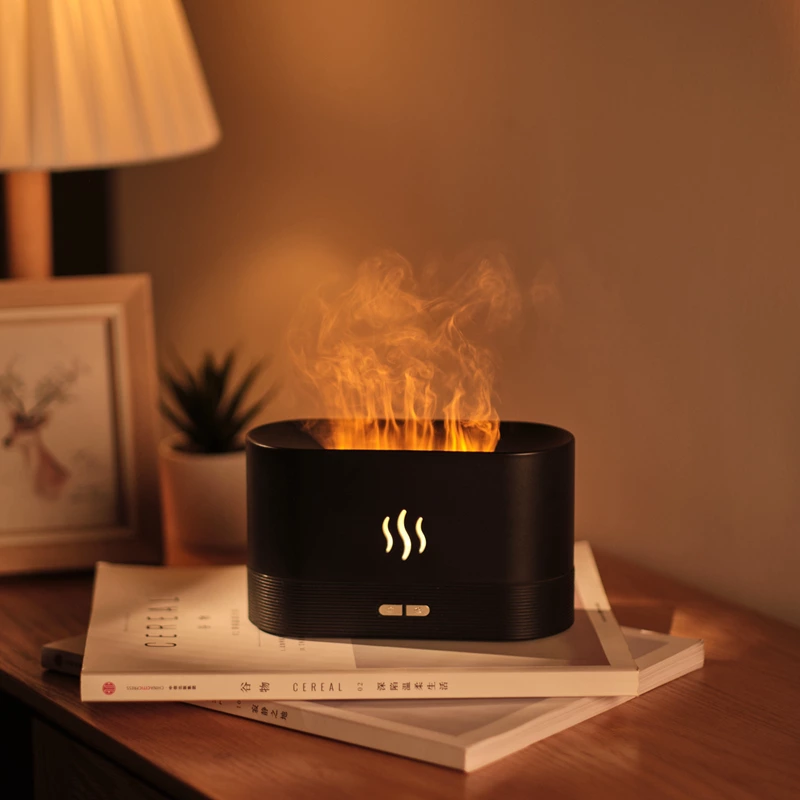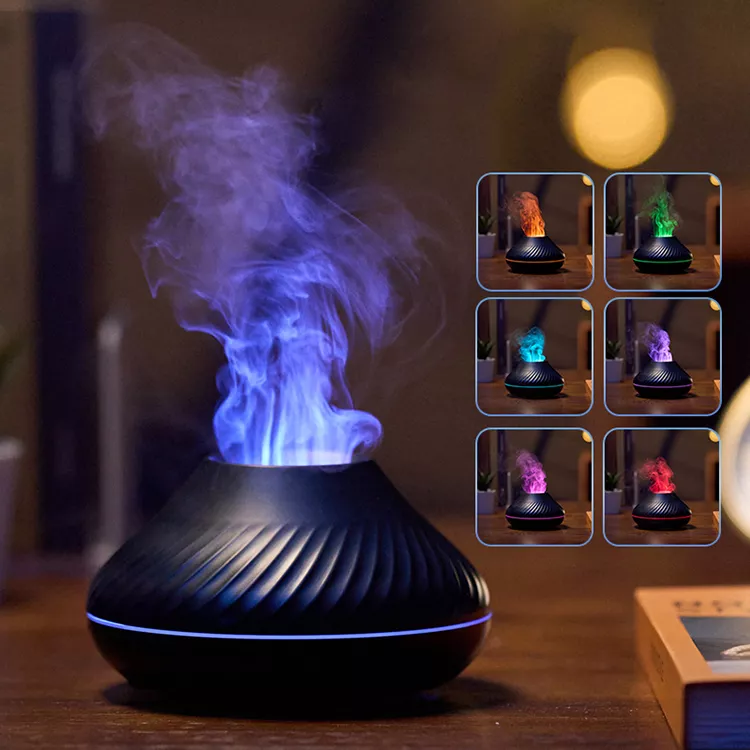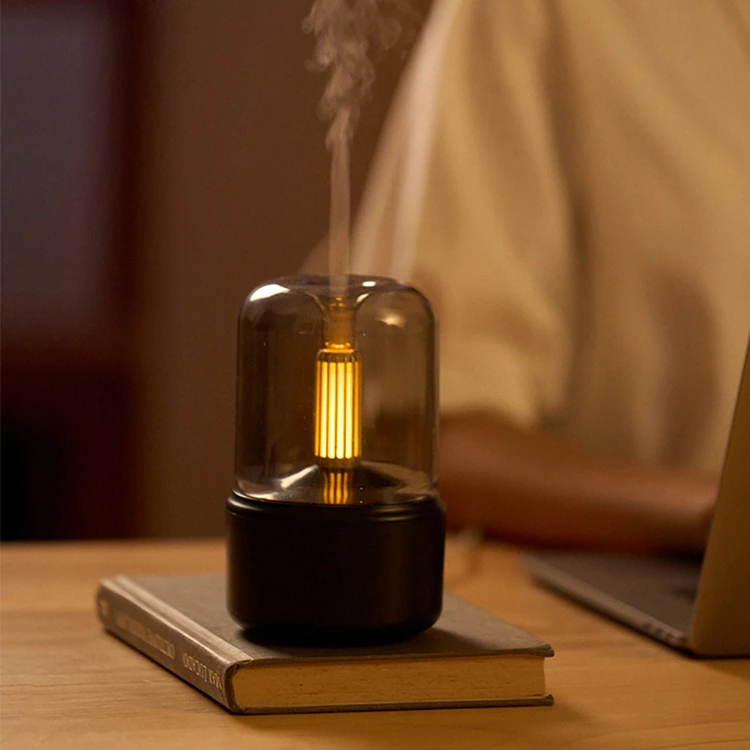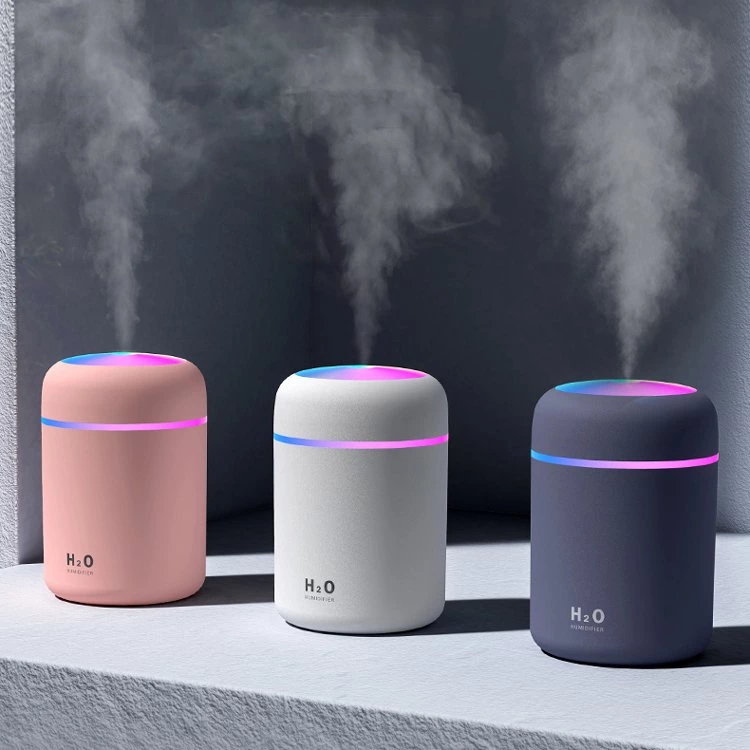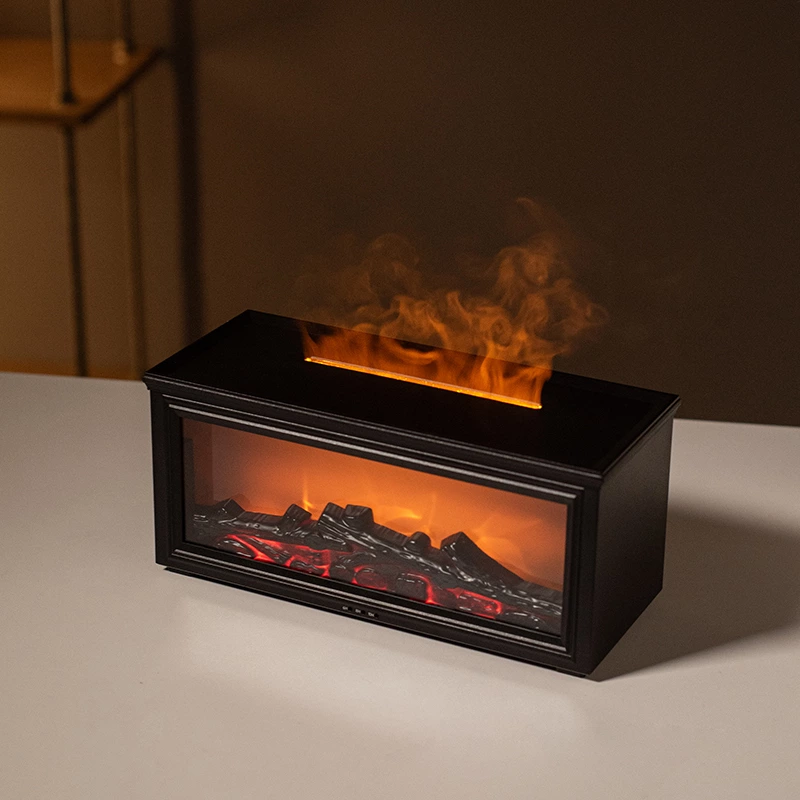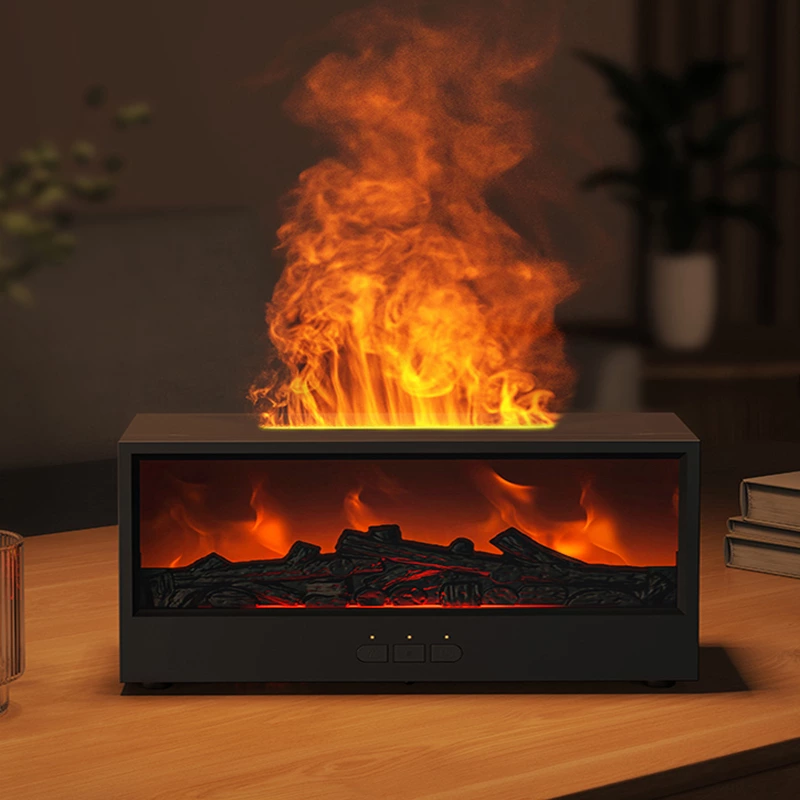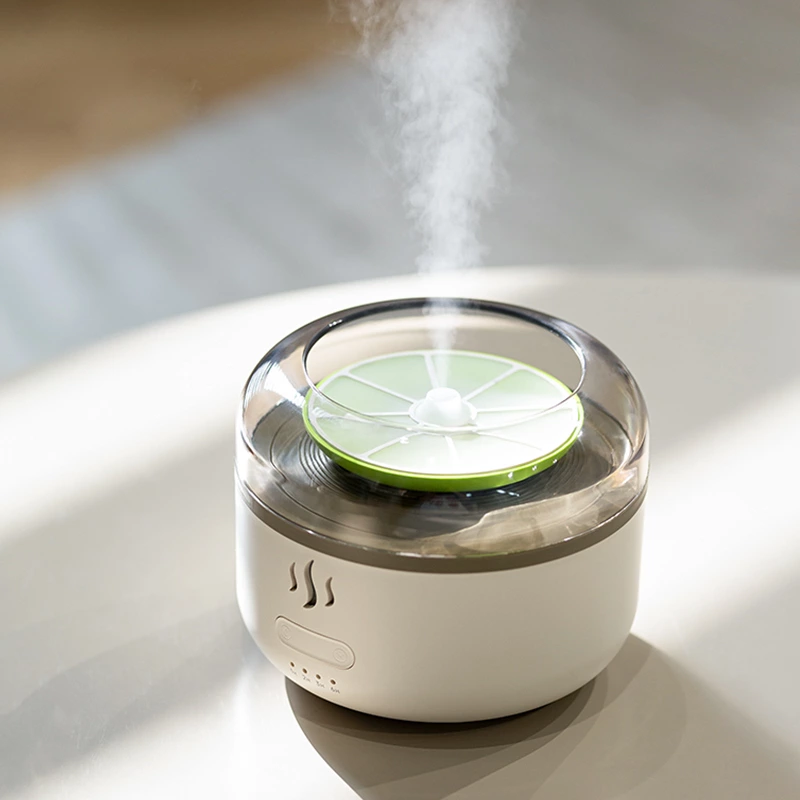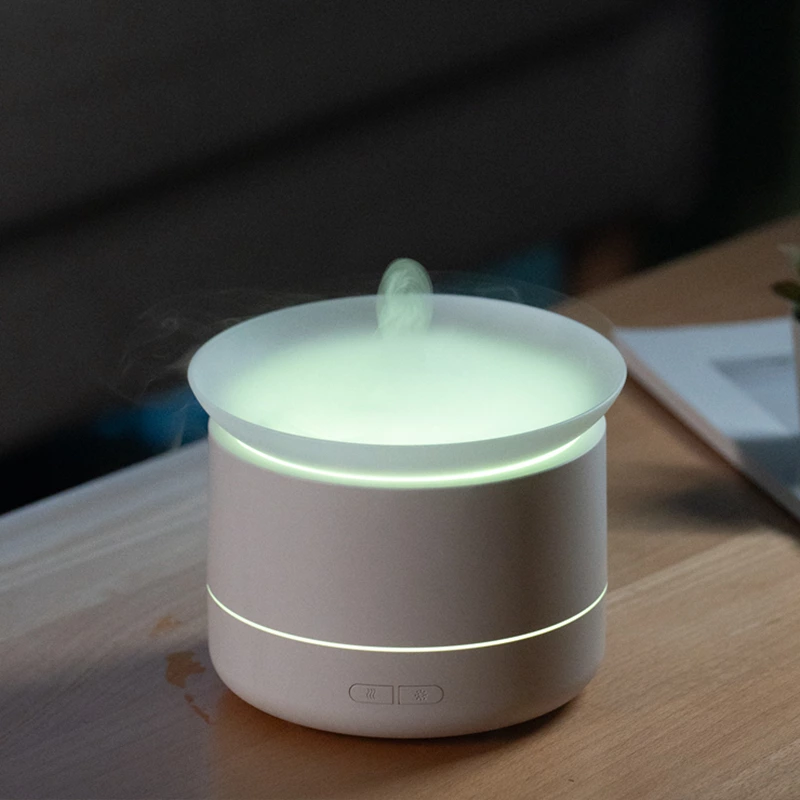Aromatherapy Diffuser Issues Explained: Common Problems and Best Practices
Aromatherapy diffusers have become popular for creating a soothing and refreshing atmosphere in homes and offices. They disperse essential oils into the air, offering therapeutic benefits for stress relief, relaxation, and improved air quality. However, like any electronic device, improper use or maintenance can lead to issues that impact performance. In this article, we’ll explore common problems associated with aromatherapy diffusers, explain the causes, and provide helpful tips for their proper use to avoid future malfunctions.
1. The Diffuser Turns On, Then Automatically Shuts Off After a While
One of the most frequently reported issues with aromatherapy diffusers is that the device starts working but automatically shuts off after a short period. This can be frustrating, especially when you expect continuous mist to enjoy the full benefits of your diffuser.
Possible Cause: Water or Mist Reaching the Main Circuit Board
The root cause of this issue often lies in water or mist entering the main circuit board. This can happen when water exceeds the maximum fill line or if water or mist enters the areas surrounding the ventilation ducts or the ultrasonic atomizer’s glue seal.
How to Prevent This:
- Avoid Overfilling: Always ensure the water level stays below the "MAX" line indicated on your diffuser's tank. Overfilling increases the risk of water seeping into the electronic components.
- Be Careful with Additives: Do not add perfumes, colognes, or any other scented liquids besides essential oils. Fragrances not designed for use in diffusers can corrode the waterproof glue around the ultrasonic atomizer and the air vents, leading to water leakage into sensitive parts.
- Dilute Essential Oils: When using essential oils, always add water first, then a few drops of oil. This helps to dilute the oil and reduce the chance of it damaging the atomizer seal. Using undiluted oils can cause erosion of the glue around the misting elements, leading to water damage inside the diffuser.
2. The Diffuser’s Performance Is Subpar
If your diffuser is not producing enough mist or the mist seems weak, this is usually a power supply issue rather than a problem with the diffuser itself. A weak power supply may prevent the diffuser from functioning at its full capacity.
Possible Cause: Power Supply Issues
Using the wrong power adapter or cable is a common culprit for suboptimal diffuser performance. Some users use adapters that are either underpowered or shared with other devices, causing the diffuser to receive insufficient current.
How to Improve Performance:
- Use the Original Power Cable: Always use the power cable that comes with your diffuser, as it’s specifically designed to handle the power requirements of the device.
- Select the Right Adapter: Choose an adapter with the appropriate power rating. For most diffusers, a 5V2A or 5V1A adapter is recommended for optimal performance. Avoid using dual-port or multi-port adapters, as they may split the current, leaving the diffuser with insufficient power to operate effectively.
- Monitor Water Level: Keeping the water level moderate (between the minimum and maximum fill lines) can also help ensure the diffuser functions properly. Too much or too little water can affect the misting performance.
3. Water Leakage from the Diffuser
Aromatherapy diffusers are designed to safely contain water, but improper usage or maintenance can lead to leakage. Water leakage can damage both the diffuser and surrounding furniture or surfaces.
Possible Cause: Overfilling or Using Incorrect Liquids
Overfilling the water tank, or using oils and liquids that are not suitable for diffusers, can cause the water to spill out of the diffuser. Additionally, strong fragrances such as perfumes or colognes can corrode the waterproof seals and result in water seepage.
How to Avoid Leakage:
- Do Not Overfill: Always fill the water tank below the maximum fill line to prevent the water from spilling over and leaking out of the diffuser.
- Only Use Essential Oils: Stick to essential oils specifically designed for diffusers. Perfumes, colognes, or other scented liquids can corrode the seals around the ultrasonic atomizer and lead to leakage. Always dilute essential oils in water to avoid damaging the internal seals.
4. The Diffuser Produces Small Mist Particles, Leading to Water Droplets Around the Unit
If your diffuser is producing mist that quickly condenses back into water, resulting in water droplets forming on nearby surfaces, this can be an indicator of insufficient power or the use of unsuitable water.
Possible Cause: Inadequate Power or Hard Water
When the mist particles are too small, they may condense back into water before they can disperse into the air. This often occurs when the diffuser is not receiving enough power to generate adequate mist. Additionally, hard water can affect the size and consistency of the mist particles.
How to Prevent Water Droplets from Forming:
- Ensure Adequate Power Supply: Check that you are using a 5V2A adapter, which provides the necessary power to create a fine mist. If the power supply is insufficient, the mist won’t fully disperse and will condense back into water.
- Use Distilled Water: In regions where tap water has a high mineral content (hard water), it’s recommended to use distilled or purified water in your diffuser. Hard water can affect the quality of the mist, leading to condensation. Using distilled water will ensure a fine mist that stays in the air longer, preventing condensation.
5. General Tips for Proper Aromatherapy Diffuser Use
To ensure your aromatherapy diffuser works effectively and safely for the long term, it’s essential to follow some best practices:
- Clean Regularly: Clean the water tank and ultrasonic plate weekly to prevent buildup of essential oils and minerals that could block the misting function. A clean diffuser ensures the mist produced is fine and evenly dispersed.
- Don’t Leave Water in the Tank for Extended Periods: When not in use, always empty the water tank and dry it thoroughly. Stagnant water left in the tank can lead to mold and bacteria growth, which can affect the mist quality and potentially harm your health.
- Choose the Right Oils: Only use essential oils that are safe for diffusers. Using oils or additives not intended for aromatherapy can damage your device and reduce its lifespan.
- Monitor Humidity Levels: Using a diffuser too frequently in a small, enclosed space can raise humidity levels to uncomfortable levels. If you notice condensation forming on windows or walls, reduce the use of the diffuser or ventilate the room to balance the moisture levels.
Conclusion
Aromatherapy diffusers can be an excellent addition to your home, providing a relaxing and refreshing atmosphere with the benefits of essential oils. However, like any appliance, improper use can lead to performance issues and even damage. By following the guidelines in this article, you can avoid common pitfalls such as overfilling the tank, using incorrect power adapters, and introducing unsuitable liquids into your diffuser.
Remember, the key to keeping your diffuser in top working condition is proper maintenance, careful use of essential oils, and ensuring the right power supply. By doing so, you’ll enjoy the soothing benefits of aromatherapy for a long time, without the headaches of common diffuser problems.

